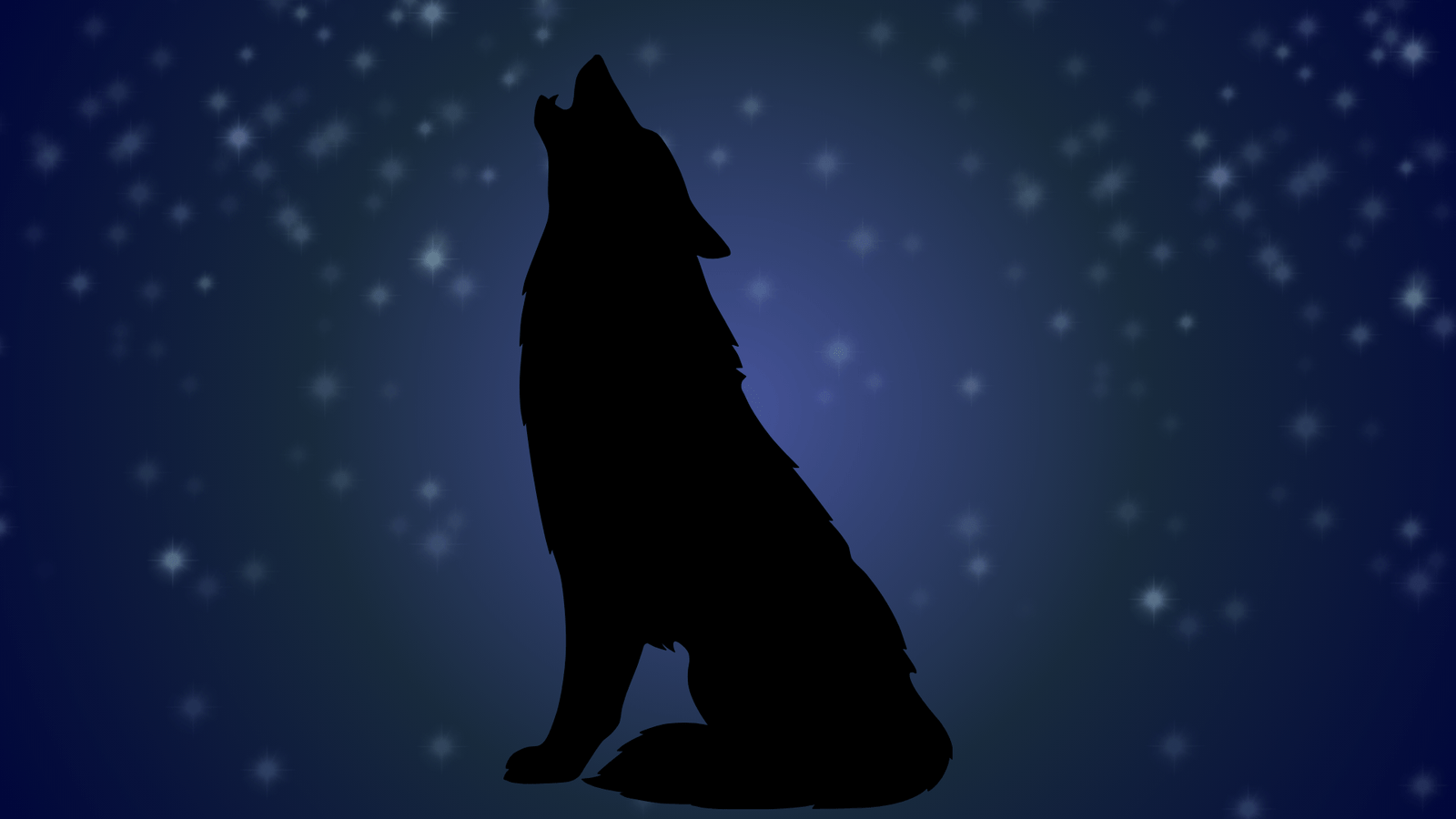Werewolves Unveiled: Legends, Myths, and Transformation
- Name: Werewolf
- Alternate Names: Lycanthrope (Greek origin), Rougarou (French folklore), Loup-Garou (Francophone regions), Varcolac (Romanian mythology)
The werewolf, a legendary shape-shifter embodying humanity’s primal fears and instincts, has dominated folklore for centuries. Its stories of transformation, curses, and lunar ties captivate cultures worldwide, exploring the balance between civilization and savagery.
Origins of Werewolf Lore
Werewolf myths span cultures, each adding unique interpretations to this shapeshifting beast:
- Greek Mythology: King Lycaon’s curse, inflicted by Zeus for his barbarity, marks one of the earliest werewolf legends. Lycaon’s transformation into a wolf symbolizes punishment and human savagery.
- Norse Folklore: Viking warriors, the ulfhednar, wore wolf pelts to channel their spirits in battle, intertwining the werewolf myth with themes of strength and primal rage.
- Medieval Europe: In the Middle Ages, werewolves were tied to witchcraft and demonic possession, triggering widespread hysteria and brutal trials.
Symbolic Meaning of the Werewolf
Werewolves resonate with universal themes that span time and culture:
- Human Duality: The werewolf’s transformation reflects the eternal struggle between reason and instincts.
- Fear of Wilderness: Wolves symbolize the untamed and unpredictable side of nature, highlighting humanity’s unease with the wild.
- Metamorphosis: The painful transformation into a wolf mirrors fears of losing control and embracing the unknown.
Fascinating Werewolf Facts
- Silver’s Role: Silver bullets rose to prominence through 19th-century literature, symbolizing purity overcoming darkness.
- Moon Ties: Although modern folklore emphasizes full moons, earlier legends focused more on curses than lunar phases.
- Clinical Lycanthropy: This rare psychological condition causes people to believe they can transform into wolves, adding a real-world layer to werewolf myths.
Werewolves Around the World
Cultural variations of the werewolf enhance its lore:
- French Loup-Garou and Rougarou: These legends tell of cursed individuals punished for moral failings, often tied to betrayal or witchcraft.
- Romanian Varcolac: Unlike traditional werewolves, the Varcolac devours celestial bodies like the sun and moon, blending cosmic and supernatural themes.
- Slavic Shape-Shifters: In Slavic tales, werewolves appear as magical creatures tied to lunar cycles, sometimes serving as guardians.
Mystical Interpretations
Beyond horror, werewolves carry mystical and spiritual significance:
- Lunar Connections: The phases of the moon symbolize emotional cycles and transformation, linking werewolves to life’s ebb and flow.
- Shapeshifting Power: Transforming into a wolf was seen in folklore as magical punishment or a gift, reflecting vulnerability and strength.
- Moral Lessons: The werewolf curse serves as a warning against greed, cruelty, and sin, teaching tales of redemption and self-control.
Werewolves in Modern Culture
Werewolves remain icons in popular media, reflecting their enduring fascination:
- Books and Literature: Novels like Twilight and classics such as The Werewolf of Paris reimagine werewolves as multi-dimensional characters.
- Film and Television: From The Wolf Man to Teen Wolf, werewolves offer narratives of horror, identity, and heroism.
- Symbolic Metaphors: Today’s stories often portray werewolves as symbols of inner struggle, highlighting themes of self-discovery and acceptance.
Legacy of the Werewolf
The werewolf continues to evolve, representing the battle between human nature and primal instincts. As a creature of folklore, horror, and modern storytelling, its legend remains as captivating today as it was centuries ago.

